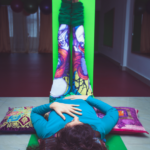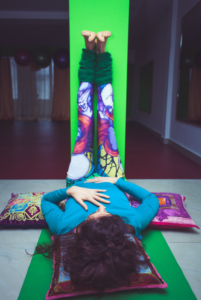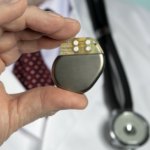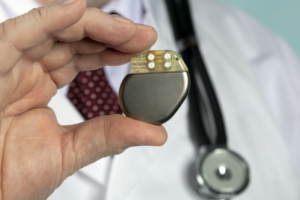 Chiropractic can help reduce ankle pain without prescribing medication which may come with unwanted side effects.
Chiropractic can help reduce ankle pain without prescribing medication which may come with unwanted side effects.
Daily life is made far more difficult when you suffer from ankle pain.
Ankle issues can easily limit mobility. Lack of mobility puts a damper on lifestyle as well. No more cute high heels or dress shoes to go out in – you are stuck in flats if walking is an option at all.
Our ankles take on a lot of pressure every single day. They support the weight of our entire body. On top of that, you may add pressure from climbing stairs, walking, running, jumping, and carrying heavy objects. It is vital that your body be in proper alignment with your ankles correctly supported.
In the United States each year more than 25,000 people per year visit a doctor specifically for ankle related pain. Studies have shown that despite this, close to 40% of sprains are not diagnosed or treated correctly. This misdiagnosis can lead to improper treatment or no treatment at all, leaving the patient in chronic pain and even risking disability later on in life.
The standard treatment for a sprained ankle is Rest Ice Compression Elevation (R.I.C.E.) The newer more widely accepted version of the protocol replaces “Rest” With “Movement”, making the acronym now M.I.C.E. The movement portion of the protocol should be done with a qualified physical therapist.
Chiropractic has shown tremendous benefit in relieving ankle pain. Your Chiropractor will use the same methods for diagnosis as would your medical doctor. Once the exact cause is pinpointed a treatment can be recommended and started.
Severe ankle injuries such as breaks and tears may require pain medication and anti-inflammatories. X-ray and MRI imaging may be used in the diagnosis.
Chiropractic is highly effective and completely non-invasive. It allows a natural approach to healing allowing the body to mend itself over time. Regular adjustments can help to strengthen the ankle increasing stability and even range of motion. It helps facilitate blood flow and circulation speeding healing and recovery. Diet and exercise change recommendations may be made if additional weight is being put on your ankles as well.
As normal motion is restored to the joint the inflammation will subside. As the inflammation dissipates so will the associated pain.
While chiropractic isn’t an instant fix, over the course of a few appointments you should notice a significant improvement in the state of your ankle as well as your overall wellbeing.
If you would like to find relief from pain call us today. 239-332-2555. Now serving Fort Myers, Florida, and all surrounding areas.
Chiropractor & Nutritionist in Fort Myers, FL.
 Chiropractic care is a safe, alternative treatment when applied appropriately. Chiropractic treatments help in dealing with the symptoms of many conditions. Are you going to wait for your symptoms to be felt, or are you going to prevent them before they start?
Chiropractic care is a safe, alternative treatment when applied appropriately. Chiropractic treatments help in dealing with the symptoms of many conditions. Are you going to wait for your symptoms to be felt, or are you going to prevent them before they start?
Dr. Jason B. Kaster, a chiropractor, and nutritionist in Fort Myers can help you and your family achieve their optimal health.


 People seem to be turning to yoga classes to help with everything from stress to high blood pressure to even now varicose veins, but does it really work?
People seem to be turning to yoga classes to help with everything from stress to high blood pressure to even now varicose veins, but does it really work?
 A pacemaker can save your life, but it is also sure to alter it as well.
A pacemaker can save your life, but it is also sure to alter it as well.
 You May Have “Red Tide Sickness”
You May Have “Red Tide Sickness”